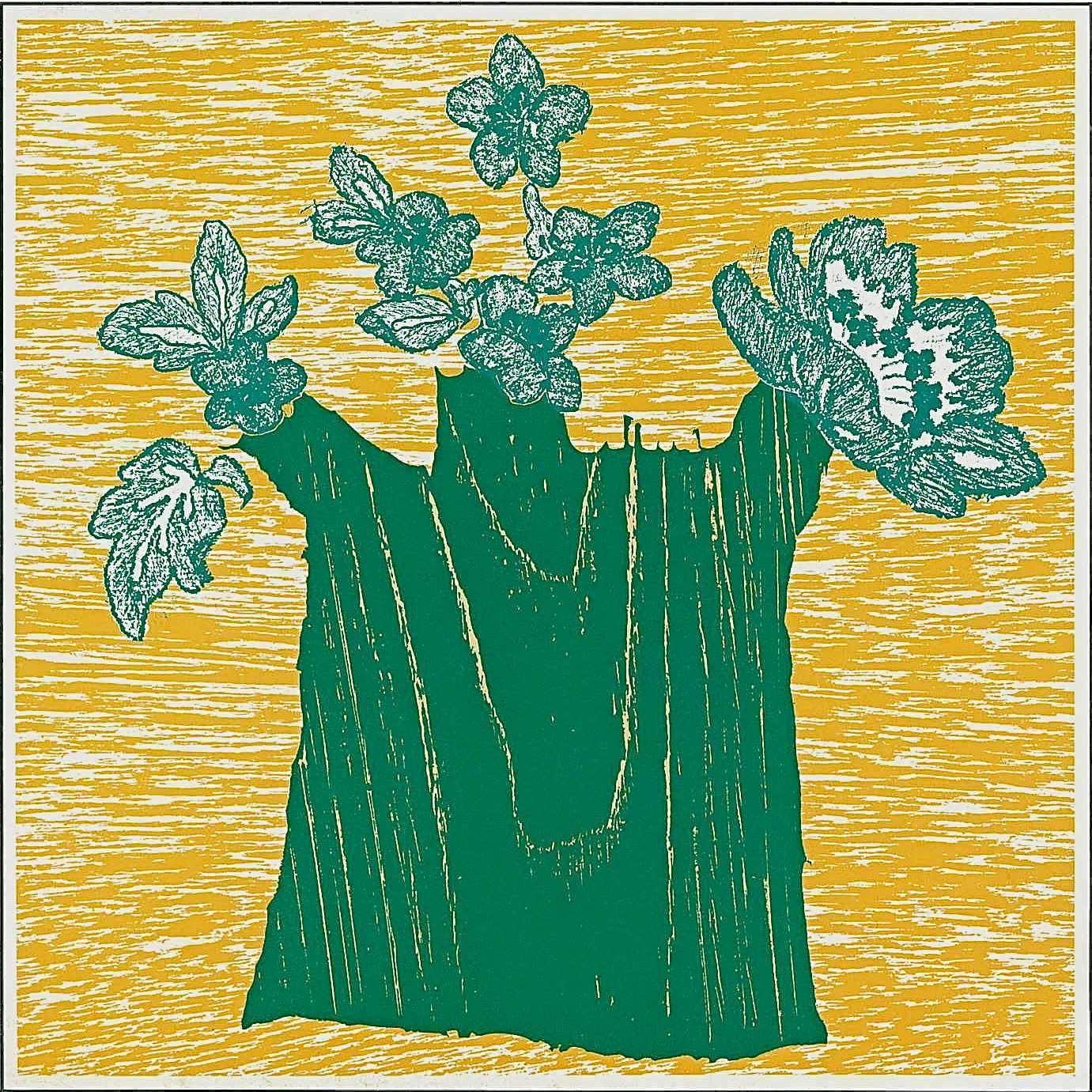
Music For Trees
Instrumentation
Three groups of musicians for twenty-four compositions, this means :
A : symphony orchestra (Brahms Orchestra – the woodwinds by two )
A’ : symphony orchestra with a men’s choir
B : chamber orchestra (about 25 musicians) with a change of woodwind for number
C : small ensemble (string quartet ; clarinet, saxo, trumpet, trombone and piano, electric bass, two percussion) which is divided according to the piece
This distribution isn’t complete, it doesn’t take into account all the changes of instruments for each composition played by the chamber orchestra and the small ensemble.
For example : Monterrey Pine includes percussion where The Eucalyptus doesn’t.
Twenty-four compositions representing twenty-four trees from the five continents
![]() Sequoia : 6h00 : symphony orchestra
Sequoia : 6h00 : symphony orchestra
![]() Cedar of Lebanon : 7h00: small ensemble
Cedar of Lebanon : 7h00: small ensemble
![]() Oak Tree : 8h00 : small ensemble
Oak Tree : 8h00 : small ensemble
![]() Baobab : 9h00 : small ensemble
Baobab : 9h00 : small ensemble
![]() Chestnut : 10h00 : small ensemble
Chestnut : 10h00 : small ensemble
![]() Monterrey Pine : 11h00 : chamber orchestra
Monterrey Pine : 11h00 : chamber orchestra
![]() Cactus : 12h00 : symphony orchestra
Cactus : 12h00 : symphony orchestra
![]() Bamboo : 13h00 : small ensemble
Bamboo : 13h00 : small ensemble
![]() Olive Tree : 14h00 : symphony orchestra
Olive Tree : 14h00 : symphony orchestra
![]() Linden Tree : 15h00 : symphony orchestra
Linden Tree : 15h00 : symphony orchestra
![]() Beech : 16h00 : small ensemble
Beech : 16h00 : small ensemble
![]() Black Walnut Tree : 17h00 : chamber orchestra
Black Walnut Tree : 17h00 : chamber orchestra
![]() Hickory Tree : 18h00 : chamber orchestra
Hickory Tree : 18h00 : chamber orchestra
![]() Poplar : 19h00 : small ensemble
Poplar : 19h00 : small ensemble
![]() Eucalyptus : 20h00 : chamber orchestra
Eucalyptus : 20h00 : chamber orchestra
![]() Willow : 21h00 : chamber orchestra
Willow : 21h00 : chamber orchestra
![]() Cypress : 22h000 : small ensemble
Cypress : 22h000 : small ensemble
![]() Apple Tree : 23h00 : chamber orchestra
Apple Tree : 23h00 : chamber orchestra
![]() Magnolia : 24h00 : chamber orchestra
Magnolia : 24h00 : chamber orchestra
![]() Japanese Cherry Tree : 01h00 : small ensemble
Japanese Cherry Tree : 01h00 : small ensemble
![]() Birch : 02h00 : chamber orchestra
Birch : 02h00 : chamber orchestra
![]() Palm Tree : 03h00 : small ensemble
Palm Tree : 03h00 : small ensemble
![]() Fig Tree : 04h00 : symphony orchestra with choir
Fig Tree : 04h00 : symphony orchestra with choir
![]() Maple : 05h00 : symphony orchestra with choir
Maple : 05h00 : symphony orchestra with choir
Copyright World Citizens Music © 2025
